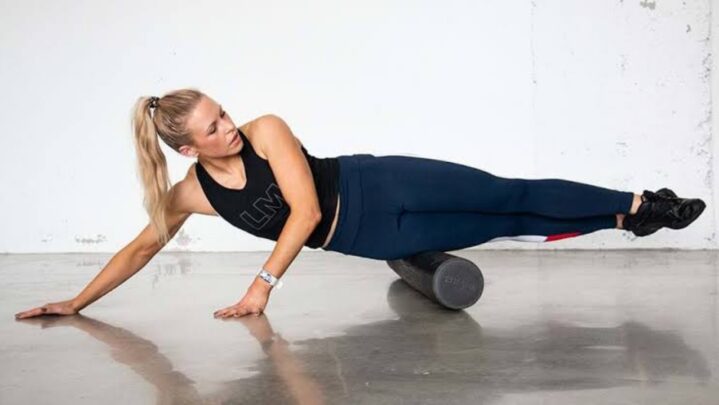1. Raise your range of motion.
Foam rolling before a workout might help you feel more limber and minimise stiffness. Foam rolling, as previously stated, causes the parasympathetic nervous system to relax the muscles and tendons being rolled. The fibres in these tissues migrate from a constricted to an extended condition as the tissues relax. This can improve mobility and optimise motion by increasing the range of motion around the joint that the muscles control.
2. Circulation is improved.
The use of a foam roller enhances blood flow to the tissues being worked on. This is especially advantageous for fascia, tendons, and ligaments, which have limited blood flow under normal conditions. Increased blood flow improves the supply of critical nutrients and can increase function and recovery because blood transports oxygen, glucose, and other nutrients that muscles and connective tissues require to contract and heal.
3. Muscle Warm-Up
Rolling over your tissues produces heat, which warms up your muscles, tendons, fascia, and other connective tissues. Warm tissues are more elastic and less likely to be harmed, so including foam rolling in your pre-exercise routine can help you avoid injury, especially if you’ve been sedentary for a few hours before your workout.
4. Muscle Soreness is Reduced
Foam rolling after a strenuous workout has been shown to reduce the severity of delayed-onset muscle soreness (DOMS), the achy ache that can develop 24-48 hours after heavy activity. After exercise, foam rolling helps avoid muscle adhesions and improves the circulation of oxygenated blood to fatigued muscles. Foam rolling can help to relieve inflammation and pain in and around muscles and joints in this way.
5. Pain Reduction
Foam rolling can help relieve discomfort caused by stiffness by providing the stimulus your muscles require to relax. Regular foam rolling has been shown to lessen the degree of reported back pain as well as chronic generalised pain in fibromyalgia patients.
Also Read: Ways To Relieve Muscle Soreness





